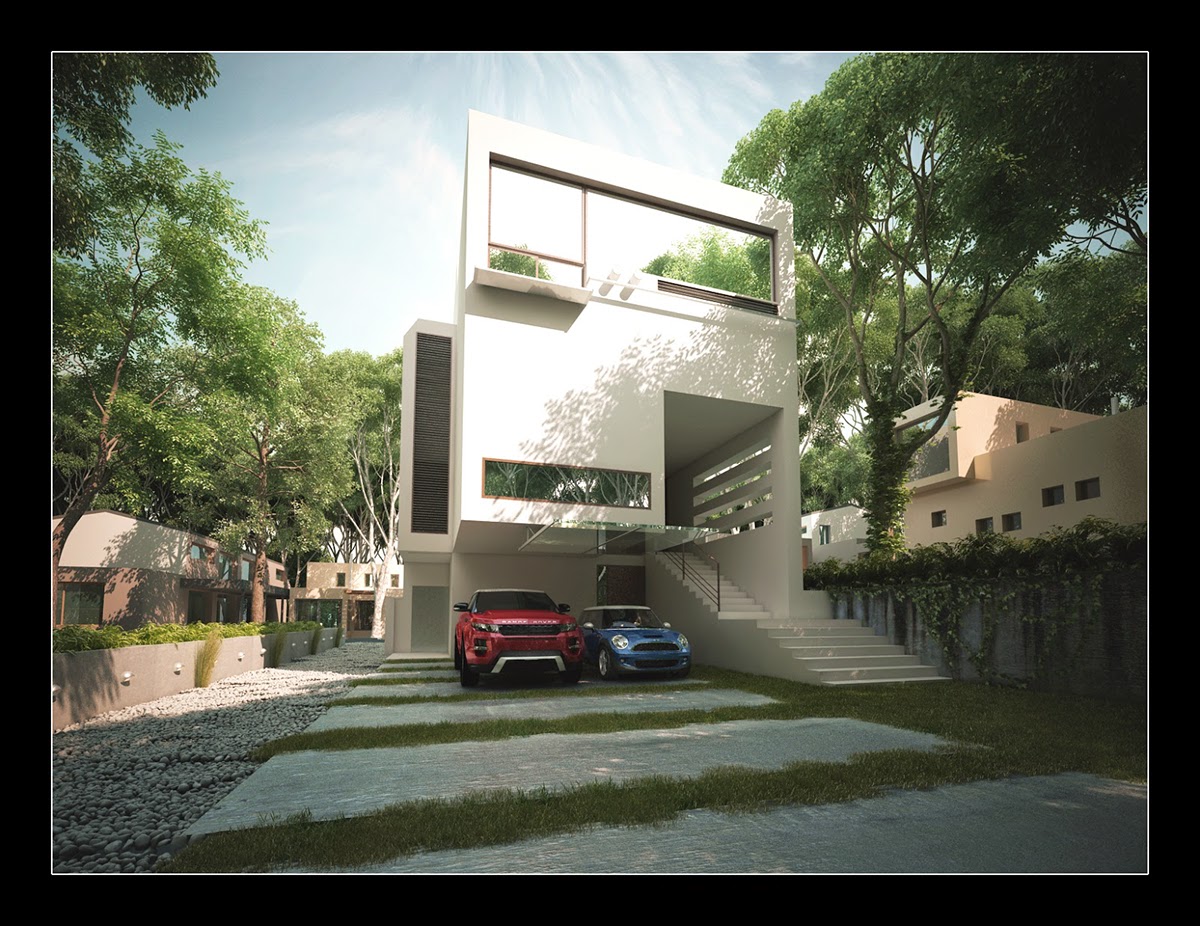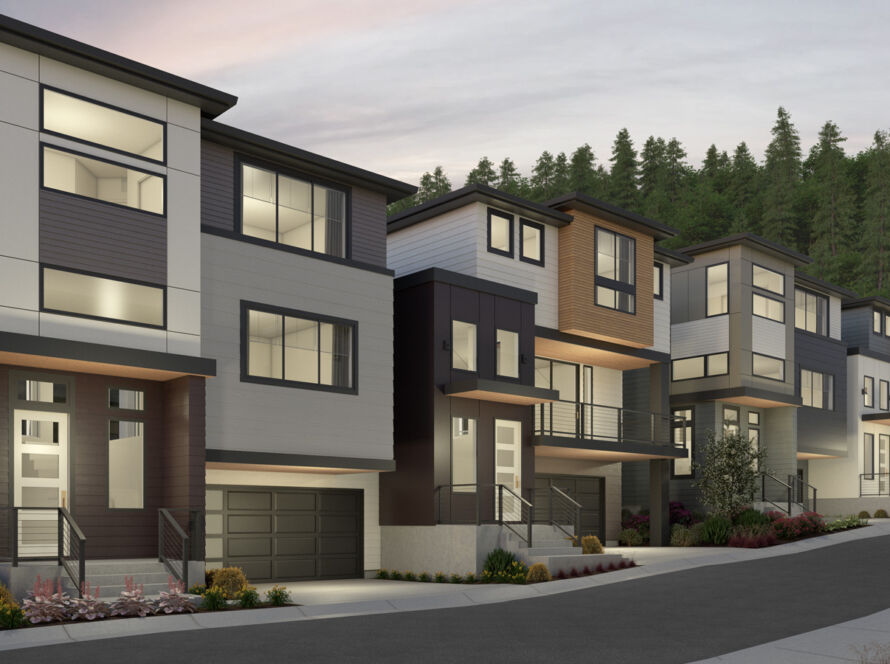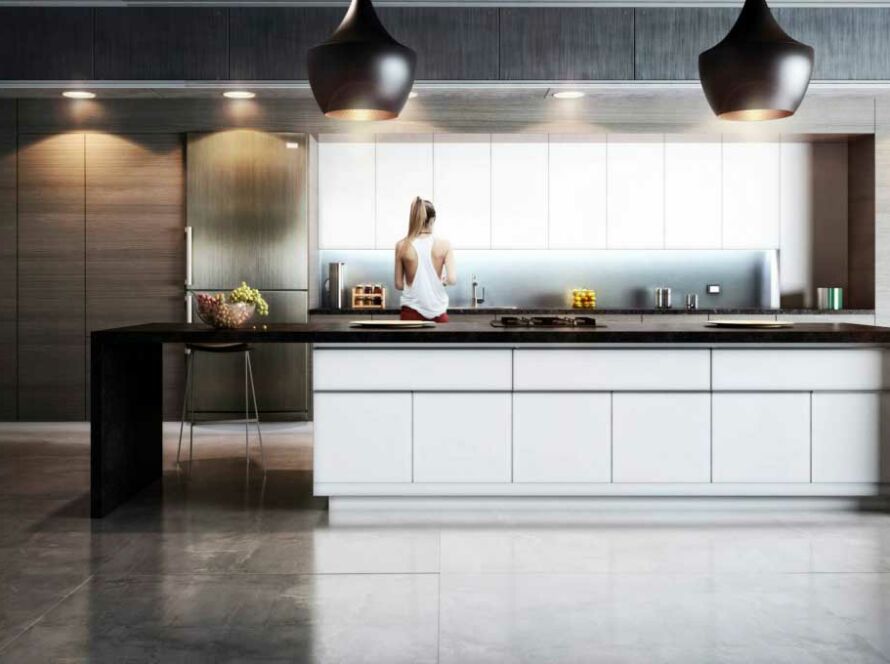Introduction
3ds max vray is a powerful rendering engine that can produce high quality images. However, in order to get the best results, you need to know how to properly configure your render settings. In this article, we will go over some of the key render settings that you need to pay attention to in order to get the best results. We will also provide some tips on how to troubleshoot common problems that you may encounter.
3ds Max V-Ray Settings
There are many ways to fine-tune your rendering settings in V-Ray for 3ds Max, but here are some essential tips to get you started on creating high resolution renders.
First, open the V-Ray Render Settings dialog and go to the Global Options tab. Under Image Size, increase the Width and Height values to at least 3000 pixels. This will ensure that your final image is of high enough quality for print or other large format output.
Next, go to the Quality tab and set the Min/Max Depth values to 0.5 and 5, respectively. This will help reduce noise and improve overall image quality.
Finally, go to the Effects tab and enable the Bloom effect. This will add a beautiful soft glow to bright areas of your image, giving it an added sense of professionalism.
By following these simple steps, you can create stunning high resolution renders with V-Ray for 3ds Max!

Resolution and Image Sampling
When it comes to resolution, the higher the better. That’s why we recommend using the highest possible setting in VRay for 3ds Max. By doing this, you’ll ensure that your final image is as clear and crisp as possible.
The same goes for image sampling. We recommend using the highest setting here as well to get the best results. This will help to reduce noise and artefacts in your final image.
Colour Mapping
Colour mapping is one of the most important settings in V-Ray. It is responsible for translating the colours in your scene into colours that can be displayed on a monitor or printed on a page. There are a number of different colour mapping types available in V-Ray, each with its own set of parameters.

The first thing you need to do when setting up colour mapping is to choose the type of colour map that you want to use. The two most popular colour map types are linear and s-curve. Linear colour maps produce images that have a natural look to them, while s-curve colour maps tend to produce images that have more contrast and punch. You can experiment with both types of colour maps to see which one you prefer.
Once you’ve chosen a colour map type, you’ll need to adjust the colour map parameters to get the results you want. The main parameter you’ll need to adjust is the gamma level. The gamma level controls how much light is allowed to pass through the colour map. Higher gamma levels will produce brighter images, while lower gamma levels will produce darker images.
You’ll also need to adjust the brightness and contrast settings in your image editor after rendering if you want to fine-tune the overall image brightness and contrast.
V-Ray Lights
There are many different types of V-Ray lights that can be used to create different lighting effects in your scene. In this section, we will take a look at the various V-Ray light types and how they can be used to create high resolution renders.
The first type of V-Ray light is the point light. Point lights are great for creating small, focused areas of light in your scene. They can be used to create highlights on objects, or to illuminate specific areas of interest.

Another type of V-Ray light is the spotlight. Spotlights are similar to point lights, but they have a narrower beam which makes them ideal for creating more concentrated areas of light.
V-Ray also has a special type of light called a directional light. Directional lights are perfect for simulating sunlight or other large sources of light that illuminates an entire scene from one direction.
Finally, V-Ray also offers an environment light type. Environment lights are not physical lights that you place in your scene, but rather they simulate the indirect lighting that comes from reflectance off of surrounding surfaces. This can be used to add fill light to a scene, or to brighten up areas that would otherwise be darker due to shadowing.
Global Illumination
In order to achieve a high resolution render in V-Ray for 3ds Max, there are a few key settings that need to be adjusted. First, under the Global Illumination (GI) tab, set the Primary bounce to “Brute Force” and the Secondary bounce to “Light cache”. Then, under the Sampling quality tab, set the Min/Max Rate to 2 and the noise threshold to 0.05. Finally, under the Image sampling tab, set the filter type to “Mitchell-Netravali” and the QualityPreset to “Ultra”; this will give you the highest quality image possible.
Camera Effects
When it comes to high resolution renders, there are a few key things to keep in mind. First and foremost, your camera settings will have a big impact on the quality of your final image. Here are a few tips to get the best results:
- Use a high f-stop number to get a large depth of field. This will ensure that all objects in your scene are in focus.
- Set your shutter speed to a slow value such as 1/15 or 1/30 sec. This will help reduce any motion blur and produce sharper images.
- Use a low ISO setting to avoid introducing noise into your render.
By following these simple tips, you’ll be well on your way to creating stunning high resolution renders with Vray and 3ds Max!
Rendering Tips
When it comes to high resolution rendering in 3ds Max, there are a few key things to keep in mind. First, make sure your geometry is as clean as possible. This means ensuring that there are no overlapping faces or vertices, and that your normals are all pointing in the same direction.
Next, set up your materials properly. For best results with V-Ray, use the VRayMtl material type. This will give you access to all of the important V-Ray settings for each individual material, such as diffuse colour, reflectivity, and so on.
Finally, pay attention to your render settings. In particular, make sure you have enough image samples (also known as “AA” or “antialiasing”) set up. The more image samples you have, the smoother and more realistic your final render will look. However, too many image samples can increase your render time significantly, so find a balance that works for you.

Conclusion
If you’re looking to produce high quality, high resolution renders with 3ds max and vray, then these settings are a great starting point. While they may not be perfect for every situation, they will help you produce some stunning results. Experiment with different values and see what works best for your particular scene. And as always, if you have any questions or comments, please let us know in the comments below!





